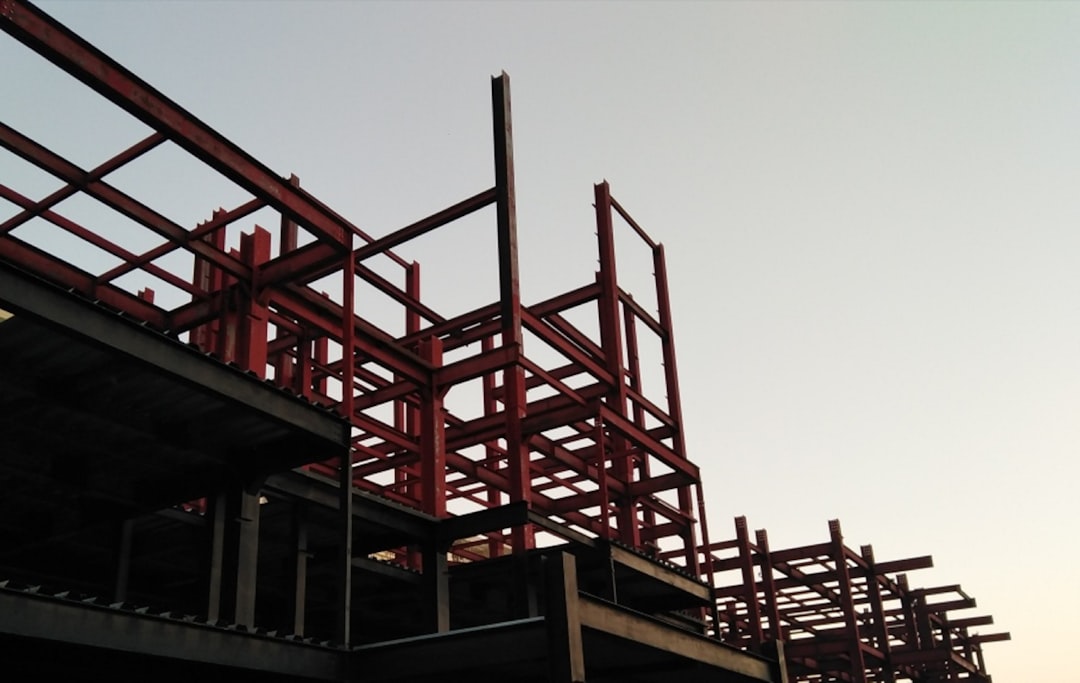
Ask any Valley contractor and they will tell you: framing a home in Phoenix is different from framing anywhere else. Extreme swings in temperature, monsoon moisture, and hyper-local building codes all put extra pressure on every stud, plate, and header. When you search “frame phoenix,” you are really looking for two things—cost accuracy and schedule certainty. CountBricks delivers both with AI-powered estimating, real-time material databases, and on-site voice capture that converts field conversations into exact line items.
Thermal Expansion—Desert heat makes dimensional lumber flex. Incorrect allowances during layout can result in bowed walls, drywall cracks, and energy loss.
Sudden Moisture Loads—Monsoon storms can saturate unprotected frames in minutes, leading to swelling and mold inside closed walls.
Local Code Nuances—Municipalities such as Phoenix, Chandler, and Mesa each tweak the International Residential Code. Counting hold-downs and shear panels manually invites costly re-inspection fees.
CountBricks mitigates these risks by embedding regional engineering data directly into every framing takeoff. Our platform flags missing connectors, suggests kiln-dried alternatives, and produces weather-specific nailing schedules before your first lumber drop.
1. Voice Capture: Walk the site, describe wall heights and plate lines, and let CountBricks record every word.
2. Instant AI Parsing: Our engine converts spoken notes into a digital framing plan, tagging each assembly as “frame phoenix” for location-based pricing.
3. Material & Labor Sync: CountBricks pulls real-time dimensional lumber, LVL, hardware, and crew rates from our Phoenix supplier network.
4. Zero-Touch Estimate: Within minutes you receive a detailed proposal, ready for signature and backed by CountBricks accuracy guarantees.
5. Invoice & Schedule: Approved quotes transform into progress invoices and Gantt charts, keeping truss deliveries, inspections, and drywall crews in lockstep.
Average Wall Framing—$14–$17 per square foot of floor area, driven by SPF 2x4 pricing and carpenter availability.
Engineered Lumber Upgrades—LVL and LSL headers add $450–$600 per single-story residence but save hours in field trimming.
Shear Panel Hardware Packages—Expect $1,200–$1,800 for a typical 2,400-square-foot home with seismic Category B requirements.
Because lumber futures and labor supply change weekly, CountBricks updates these figures nightly, ensuring every “frame phoenix” estimate reflects today’s reality—never last quarter’s spreadsheet.
• Order kiln-dried studs for exterior walls; they shrink less under desert heat.
• Specify vented blocking at roof eaves to combat attic heat buildup.
• Use sealed sill plates on post-tension slabs to keep haboob dust out of wall cavities.
• Schedule framing inspections at dawn. Lower temperatures reduce lumber movement and speed up approvals.
• Leverage CountBricks.com/services to auto-generate hardware schedules that pass first inspection.
A Scottsdale homeowner wanted a 600-square-foot addition but feared framing cost overruns. Using CountBricks blueprint takeoffs, the GC captured 97% of required connectors on the first pass, trimmed two days off the schedule, and came in $3,800 under the original material budget. All measurements fed directly into our mobile app, meaning no double entry and zero missed nails.
How fast can I get a framing quote? CountBricks returns a signed-ready proposal in under 15 minutes once the voice walk-through is complete.
Does CountBricks handle steel studs? Yes. Our database includes light-gauge steel pricing from every major Phoenix supplier.
What about permit drawings? CountBricks exports engineered framing pages compatible with local digital submission portals, reducing permit turnaround times by 30%.
The Phoenix housing market moves fast; your framing package should move faster. Contact the CountBricks residential team today, or explore sample estimates at CountBricks.com/portfolio. Let’s frame your project right—right now.

Labor shortages often eclipse material costs in Arizona, and nowhere is that truer than during the summer framing rush. CountBricks combats this by pairing predictive labor analytics with local supplier data, balancing crews against material arrival windows.
• CountBricks monitors Phoenix carpenter availability and auto-suggests overtime versus additional crews based on cost per square foot.
• Contractors receive push alerts when shifting a two-person crew from rough frame to backing can shave hours without inflating payroll.
1. Pre-dawn start times are locked into the Gantt chart when forecast temperatures exceed 105°F.
2. CountBricks staggers material deliveries so OSB stacks are never left baking on-site for more than four hours, preventing delamination.
A five-home infill project in North Phoenix used CountBricks scheduling to overlap joist setting with HVAC rough-in. Result: a 9% labor cost reduction and a full week shaved from the subdivision timeline.
• The platform evaluates LVL versus PSL headers in real time, displaying cost, lead time, and structural performance side by side.
• When SPF prices spiked 18% last quarter, CountBricks users swapped to hem-fir in seconds, saving an average of $1.12 per stud without compromising code compliance.
Open the CountBricks mobile app, start a voice session, and tag your project “frame phoenix.” Within minutes you will see crew suggestions, cost-saving material swaps, and an inspection-ready plan. Visit CountBricks.com/services to request a live demo and discover how our AI can make your next Phoenix frame faster, stronger, and more profitable.